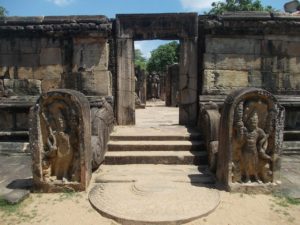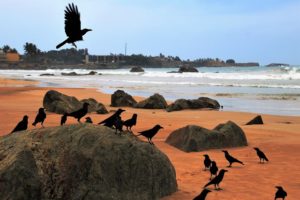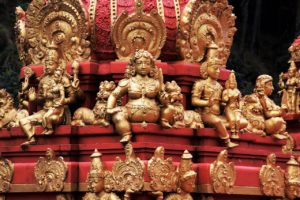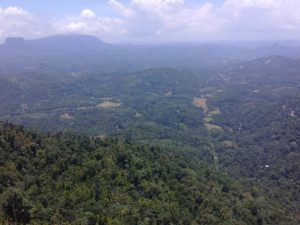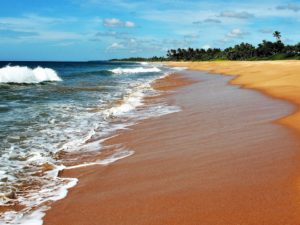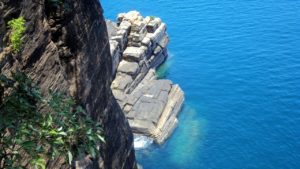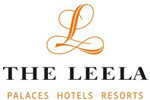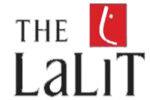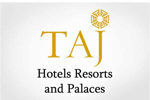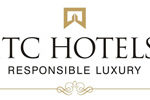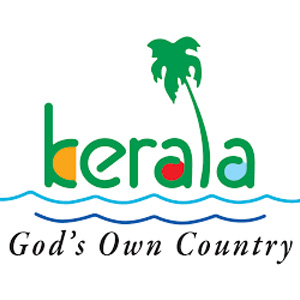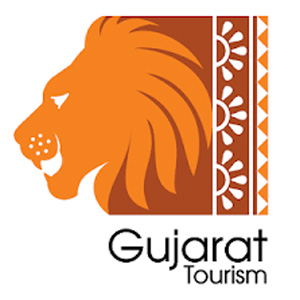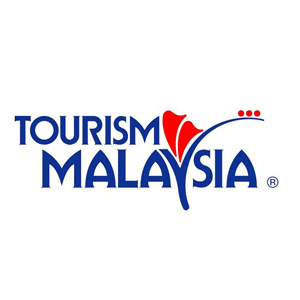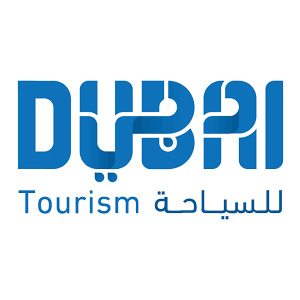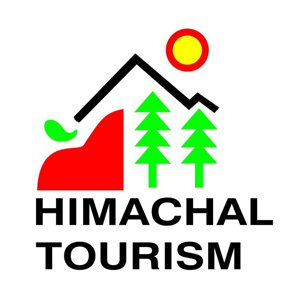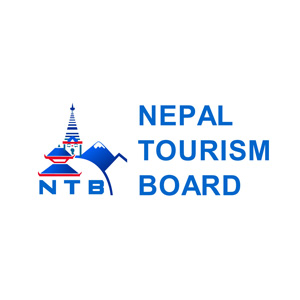





Srilanka - Packages
Colombo-Dambulla-Kandy-NuwaraEliya-Bentota
Currency:
Sri Lankan Rupee
Temperature:
Jan: 27
Feb: 27
Mar: 28
Apr: 29
May: 29
Jun: 28
Jul: 28
Aug: 28
Sep: 28
Oct: : 27
Nov: 27
Dec: 27
Flag:
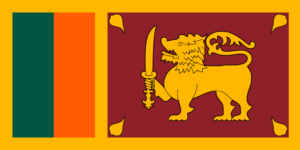
General Information:
Sri Lanka a small island with many nicknames Serendib, Ceylon, Teardrop of India, Resplendent Isle, Island of Dharma, Pearl of the Orient. This colourful collection reveals its richness and beauty, and the intensity of the affection it evokes in its visitors. The entire island is teeming with bird life, rolling hills to escape the heat of the plains in the cool of tea plantations and exotics like elephants and leopards are not uncommon. To top it all off, the people are friendly, the food is delicious and costs are low.
Marco Polo considered Sri Lanka the finest island of its size in all the world, and you’ll likely agree after exploring the country’s fabled delights. The coastal stretch south of Colombo offers palm-lined sandy expanses as far as the eye can see. The Kandyan dances, a procession of elephants or the masked devil dances expose the culture of Sri Lanka. You’ll find enough ancient and inspiring architecture in the cities of Anuradhapura and Polonnaruwa to satisfy that inner archaeologist.
Geography:
The Democratic Socialist Republic of Sri Lanka is an island in the Indian Ocean, which lies off the south-eastern tip of the Indian Subcontinent. Colombo is the largest city and the commercial capital of Sri Lanka, and is situated on the western coast of the island. Sri Lanka measures 435 km’s north to the south and 224 km’s east to the west, covering a total area of 65,610 sq.km’s.
The island’s strategic location in the Indian Ocean, intersecting with the major air and sea routes between Europe and the Far East, gives it an strategic advantage as a global logistics hub.
History And Culture:
There is archaeological evidence that the island was inhabited as early as 10,000 B.C.E. The present-day Väddas, who live in remote areas of Sri Lanka and use a simple technology, are apparently descended from these early inhabitants mixed with the later arriving Tamils and Sinhalas, who were both well established on the island by the third century B.C.E. It is widely believed that the Sinhala people migrated to the island from north India, bringing their Indo-Aryan language and some version of Brahmanism with them, although Buddhism was introduced in their principal areas of settlement during the third century B.C.E. The Tamils emigrated to the north of the island from southern India, bringing Hinduism and their Dravidian language with them. The Sinhalas, the Tamils, and various south Indian invaders built powerful kingdoms with advanced agricultural projects and elaborate religious institutions, kingdoms that periodically brought the island under the authority of a single regime.
Because of its important ports along the East-West trade routes and desirable goods, traders were drawn to the island. Some of these Arab traders made Sri Lanka their permanent home, adding Islam to the island’s religions. In the early sixteenth century Portuguese traders introduced Christianity as they began to make use of the island, eventually gaining control over productive portions of it.
In 1638 the king of Kandy drove out the Portuguese with the help of the Dutch. The Dutch then kept the land for themselves, controlling all but the kingdom of Kandy until they were driven out by the British in 1796. In 1815 the British ousted the last king of Kandy, gaining control over all of Sri Lanka, which remained a British colony until 1948.
On 4 February 1948, Ceylon, as the nation was then known, became politically independent of Great Britain, though it remained part of the Commonwealth.
National Identity. The current Sri Lankan national identity is dominated by the Sinhala majority, although this identity is resisted by the minority ethnic groups. Since independence, national leadership has consistently appealed to the Sinhala majority and the strength of the Buddhist monastic orders, marginalizing the non-Sinhala, non-Buddhists from the Sri Lankan identity and limiting access to state-controlled benefits. Despite the politicization of separate ethnic identities, there is a core of cultural beliefs, practices, and values that are largely shared among the people of Sri Lanka, particularly in the domains of the economy, social stratification, gender, family, and etiquette.
Ethnic Relations. Sri Lanka has always been home to a multiethnic and multireligious society. Because of the historic fluidity in migration and marriage patterns, the physical attributes of the principal ethnic groups are widely distributed. While conflicts between various groups have periodically flared up, beginning in 1956 the ethnic rivalry between the Sinhala-Buddhist majority and the Sri Lankan Tamil minority has intensified to an unprecedented level and led to the eruption of civil war in 1983. Since that time, the Liberation Tigers of Tamil Eelam, a militant organization of Sri Lankan Tamils, have been fighting for an independent Tamil state in the north and east.
Best Places To Visit:
- Visit the TashichhoDzong (Fortress of the Glorious Religion)
- Visit KuenselPhodrang (Buddha Statue) -Kuensel Phodrang, National Memorial Chorten (Monument) & Folk Heritage Museum
- Visit Sangaygang View Point, Changangkha Monastery, Takin Preserve Centre, where the national animal of Bhutan can be seen
- Visit Punakha Dzong
- Gangtey (9,840 ft.)
- Visit Gangtey Gompha
- Visit Royal Botanical Park
- Visit Ta Dzong – National Museum
- Taktsang Monastery – “Tiger’s Nest” & Kyichu Monastery
What to do:
- Visit Temple of the Sacred Tooth Relic
- Beach Stays
- Wildlife Safaris
- Visiting Cultural Triangle
- AdventuresTrekking and Hiking in Sri Lanka
- Whale and Dolphin Watching
- Hot Air ballooning Visit Veddhas
Best time to visit:
The Dry Season. Weather: This is the time when both Vietnam and Cambodia experience least rainfall, particularly in March to July. Temperatures are more pleasant, too, in the low to high, though cooler in the north between December and February, and into the 30s in April.
Map Sri Lanka:
Srilanka Photos Gallery
Testimonials
Goa Tour
It was G8 experience to book the package of amezing GOA tour. They had given the best rate of the package & of very nice Resort.
Royal Rajashthan
It was very nice experianc booked Royal rajashthan tour. The provided full Facility, good room, food, serivice, what they committed befor booking. We satisfied with his tour, thanks for your Good Supports and service.
Panchgani Package
It was absolutely superb Hotle with nice services I got. Those people provided good hospitality including all aspects like room service, parking, good food quality and guide suggested who warmly showed all the locations in panchgini.
Rameshbhai Patelakshar tools
Goa Tour
It was G8 experience to book the package of amezing GOA tour. They had given the best rate of the package & of very nice Resort.
Royal Rajashthan
It was very nice experianc booked Royal rajashthan tour. The provided full Facility, good room, food, serivice, what they committed befor booking. We satisfied with his tour, thanks for your Good Supports and service.
Panchgani Package
It was absolutely superb Hotle with nice services I got. Those people provided good hospitality including all aspects like room service, parking, good food quality and guide suggested who warmly showed all the locations in panchgini.


